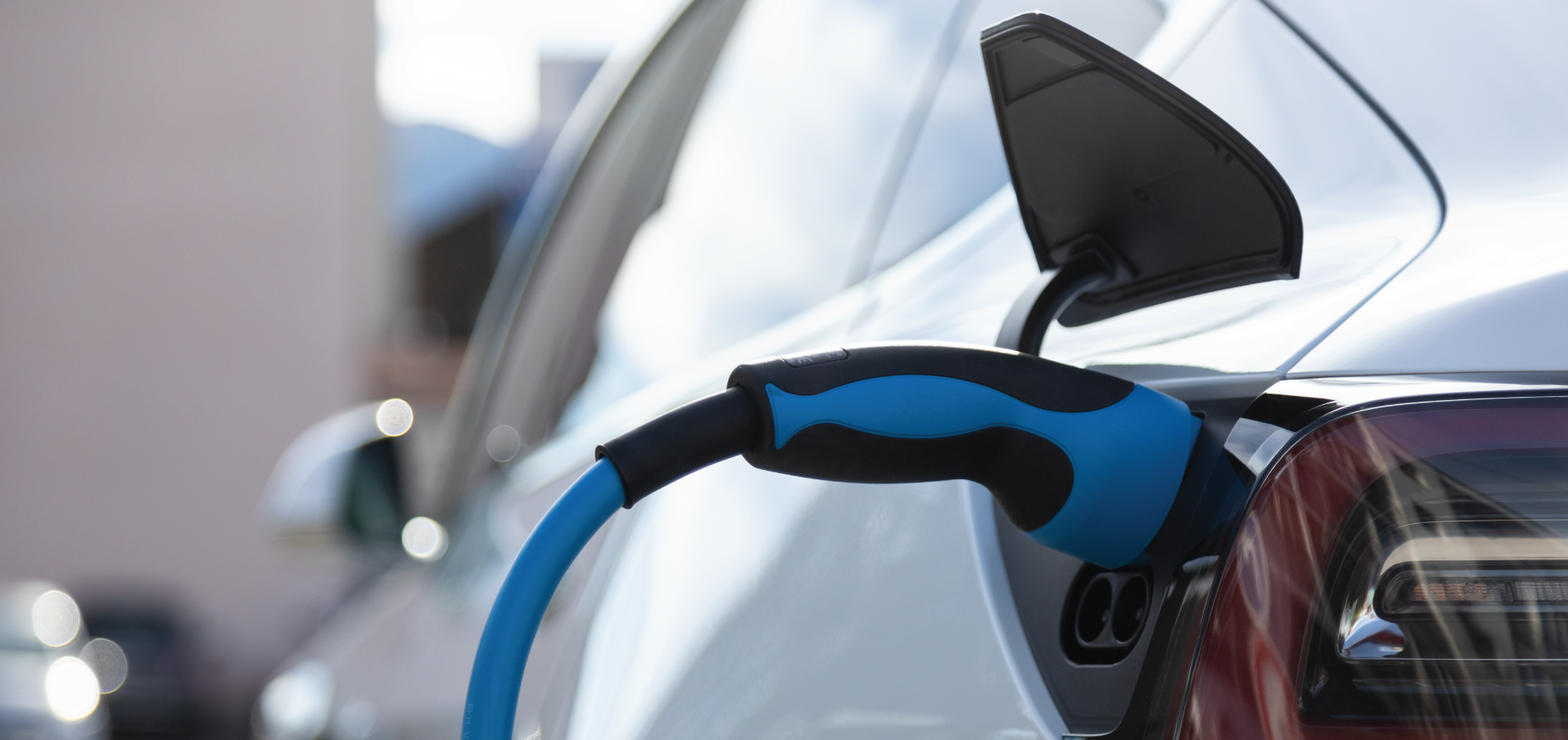Electro Mobility

The Paris agreement on environment set the objective of limiting the emissions. The transport sector that accounts to 23 % of global emissions, have to contribute to the emission cuts to meet the overall objective of limiting the emissions. Electrification of transport sector plays a key role in meeting this objective of reduced emissions. Electric Vehicle Initiative (EVI), a multi government forum promoting deployment of Electric Vehicles (EV) worldwide, started a campaign EV30@30 setting an aspirational goal of 30% market share for EVs by 2030.
Modern EVs rely on Li ion batteries due to their high energy density, high specific energy, and good cycle life. Li Ion batteries have become compact, lighter and with reduced charging time. Research is underway to develop new battery technologies such as Li-Air, Li-Oxygen and having composite anode/cathode material using nanotechnologies.
One of the challenges for rapid growth of EVs is the Total Cost of Ownership (TCO). TCO includes upfront costs, running expenses and the cost towards charging infrastructure. The upfront costs of EVs are still high in comparison to their Internal Combustion Engine (ICE) equivalents despite significant reduction of Li ion battery costs. Present Battery Electric Vehicles (BEVs) have an average km range of less than 200km per charge resulting in “Range Anxiety”. Plug-in Hybrid Electric Vehicles (PHEVs) have a range of over 500 km similar to their ICE equivalents. Costs of 2 wheelers and 3 wheelers with battery swapping feature could compete with their ICE equivalents soon.
Large scale public charging infrastructure is important to address the “Range Anxiety” and for rapid growth of EVs. Charging infrastructure includes cables, connectors and protocol interface from EV to EVSE (Electric Vehicle Supply Equipment) as well as from EVSE to grid network. Standardisation in the charging infrastructure both on physical-electric-network and protocol interface is necessary to ensure interoperability. Efforts are being made in terms of standardisation both in electrical & protocol interface. Combined Charging System (CCS) interface developed recently has become a standard both in Europe and USA for public charging.
EVs have environmental benefits such as reduced emissions and reduced noise. Even though, EVs do not emit emissions in urban areas where they are widely used, electricity consumed by EVs is produced from fossil fuels that produce emissions. The EV emissions shall be compared on “well to wheel” basis with their ICE counterparts. The fuel mix used to produce electricity in a country will determine “well to wheel” emissions of EV. The share of renewables in electricity generation could be increased to decarbonise the electricity generation to an extent where BEV will have emission advantage over ICE equivalents.
The impact of EV charging will be felt at local hotspots on electrical distribution network. When, where and how much power is drawn from what type of charging infrastructure, would have a sizable impact on the distribution network. Overloading of distribution lines & transformers and voltage drops could occur unless the distribution infrastructure is properly planned and developed. The distribution network design shall take into account charging load profile and daily load pattern of these loads. Large number of batteries in EVs could provide additional power to grid. The EV batteries act as energy buffer allowing integration of additional renewable power to grid. The extent of additional renewable generation that could be added without impacting grid stability varies across the grids.
Various countries have adopted different policy incentives to promote EVs rapid growth. Some of the incentives adopted include (a) high taxes on ICE (b) subsidy on EV (c) higher taxes on gasoline (d) reduced tolls on highways and ferries (e) Special discounted parking, charging and access to congested zones (f) differentiated taxes on registration of ICE etc. It is very important to promote specific incentives that offer maximum benefits to a country. Policy incentives shall also take into account key components of EVs such as Li ion batteries, electronic controller etc. in order to develop manufacturing base with in the country.
TCE is working with key industry stake holders to deliberate and contribute to Government of India’s Electro mobility policy.






